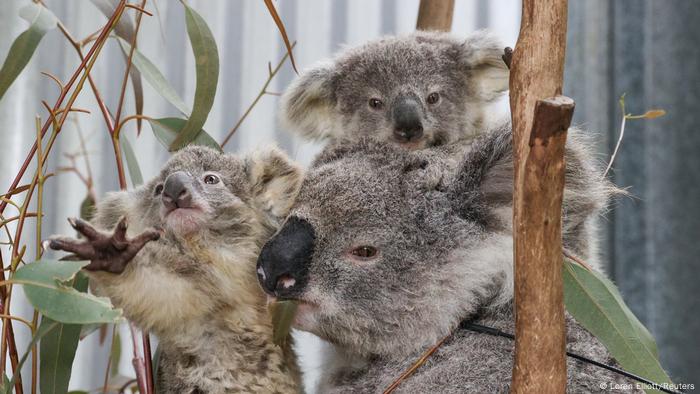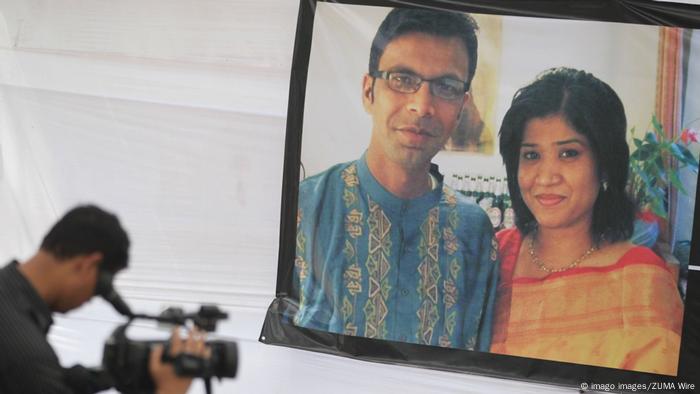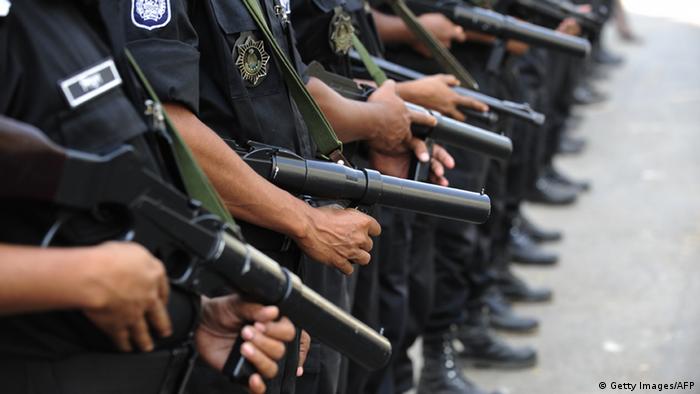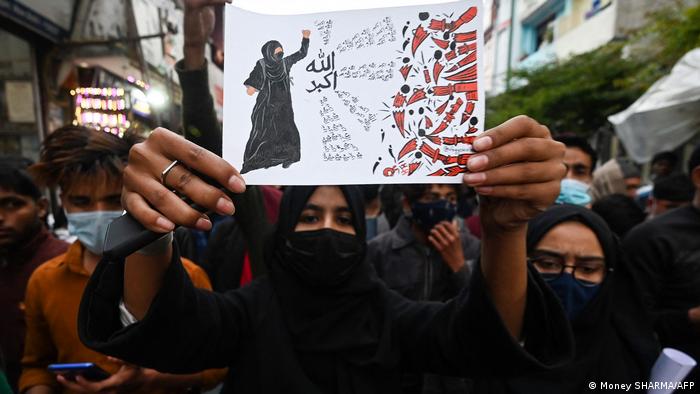The bill allows for payments of €40 million and was passed after nearly two decades of negotiations. It also maintains that the Latvian state is not responsible for actions taken when it was occupied by Nazi forces.
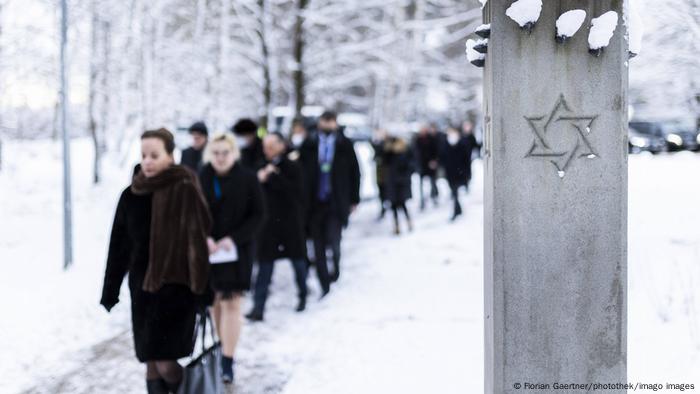
At the end of 1941, over 27 000 Jews were murdered by the Nazis in the Rumbula forest near Riga
Latvia's parliament on Thursday passed a Holocaust restitution bill to compensate the Jewish community for lost property more than 75 years after the end of World War II.
The 100-seat Saeima voted 64-21 to approve the "Law on the Compensation of Goodwill to the Latvian Jewish Community" following years of discussion on the issue.
"Finalizing this process demonstrates that even 77 years after the end of the Holocaust, it is never too late for justice," said Arkady Sukharenko, chairman of the Latvian Council of Jewish Communities, hailing the move as a "historic step."
The bill provides for compensation payments of €40 million ($45 million) over 10 years to remedy "the historical unjust consequences" and provide social and material assistance to Holocaust survivors. It also includes funding to revitalize the Lativa's Jewish community, including funding for Jewish schools, and to build restoration and cultural projects.
It was passed after lengthy negotiations that involved the World Jewish Restitution Organization, Latvian Jewish representatives and government authorities. The process, which started in 2005, also involved the United States and Israel.
Stolen assets and property
Latvia was occupied by the Soviet Union and Nazi Germany during World War II. During this period, close to 90% of the country's 95,000 Jews died.
Latvia passed laws on returning the property after independence from the Soviet Union in 1991, but there was no one left to claim the assets.
"We're not going to ask the properties to be returned," said Dmitry Krupnikov, head of the Latvian Jewish Community Restitution Fund.
"It is impossible to return them 25 years after privatization was finished. Somebody's been using them, somebody's been renovating them, somebody's been improving them. Taking that property from them would be incorrect."
Latvian state not responsible
The new legislation maintains that the Latvian state is not responsible for the Holocaust when the country was occupied by Nazi Germany.
However, it would be "ethical and fair" if the country compensated the Latvian Jewish community for the property losses it suffered, according to the bill.
Several European countries have taken steps to compensate the families that owned property before the war. However, the reparation laws have had mixed success. In Latvia, the law had been opposed by the national-conservative ruling party, National Alliance.
